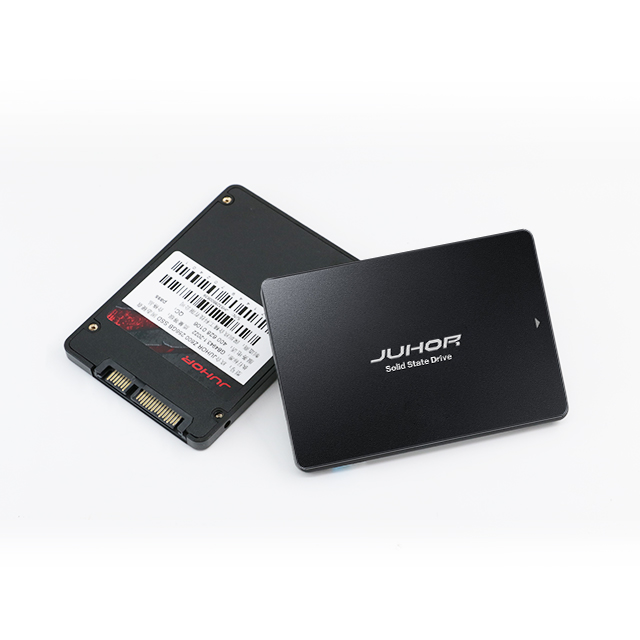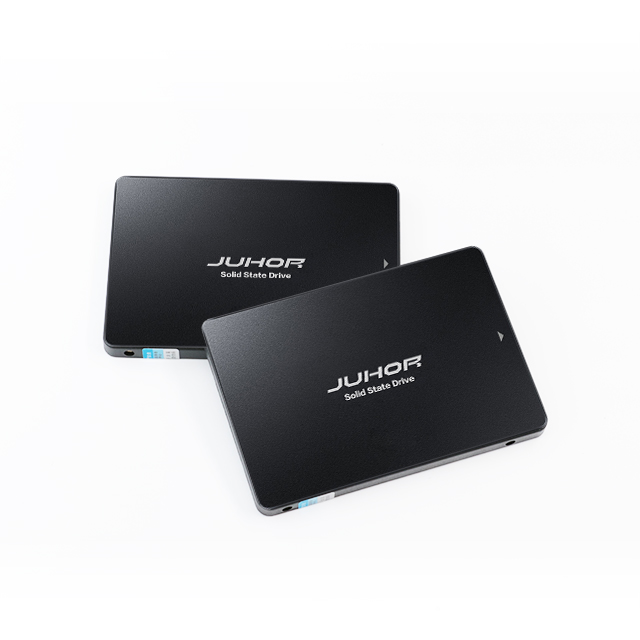With the rapid development of information technology, the demand for data storage is also growing. Solid State Drive (SSD), as a new type of storage device, has gradually replaced the traditional mechanical hard disk drive (Hard Disk Drive, HDD) with its fast data read/write speed and high reliability, and has become the mainstream storage medium in modern computing devices. However, there are many different SSD interface standards on the market, such as SATA, mSATA, M.2, and PCIe, each of which has unique characteristics and application scenarios. In this article, we will introduce the technical details of these interfaces and their scope of application in detail to help readers better understand and choose the right storage solution for them.
A Solid State Drive (SSD) is a type of non-volatile storage device that uses integrated circuit assemblies to store data persistently. It consists of two main components: a controller unit and storage chips (typically NAND flash memory). Compared to traditional HDDs, SSDs offer:
Faster data access
Lower power consumption
Higher shock resistance
Silent operation
SSDs operate across a wide temperature range:
Commercial-grade (0°C to 70°C)
Industrial-grade (-40°C to 85°C)
This makes them highly reliable in extreme conditions, especially in sectors like military, aerospace, industrial automation, medical equipment, and transportation systems.
While SSDs were initially expensive, they have become increasingly affordable and accessible in recent years, driving widespread adoption across both consumer and professional markets.

The Serial Advanced Technology Attachment (SATA) interface was originally designed for mechanical hard drives but has since become the standard for mainstream SSDs. It remains one of the most widely used storage interfaces today.
SATA III supports a theoretical bandwidth of 6 Gbps, which translates to real-world sequential read/write speeds of around 500–550 MB/s.
While not the fastest option available, it still provides sufficient performance for general-purpose computing.
Mature and well-established technology
Broad motherboard compatibility
Affordable pricing
Speed capped by SATA protocol limitations
Higher latency compared to newer interfaces
SATA SSDs are best suited for:
Everyday office work
Home entertainment systems
Entry-level laptops and desktops
Secondary storage in hybrid setups

mini-SATA (mSATA) is a compact version of the SATA interface designed specifically for ultra-thin devices such as early ultrabooks and small form factor PCs.
Uses the same SATA protocol as full-size drives
Smaller connector similar to mini PCIe
Maximum transfer rate capped at 6 Gbps, just like SATA III
Lacks scalability due to inherent SATA constraints
Despite its smaller size, mSATA failed to gain long-term traction due to its limited performance potential. It has largely been replaced by the more advanced M.2 interface, which offers better performance and flexibility.
Legacy ultrabooks and compact embedded systems
Devices requiring space-saving storage solutions
Developed by Intel, the M.2 interface (formerly known as NGFF – Next Generation Form Factor) is a modern replacement for mSATA. It supports multiple protocols including SATA and NVMe over PCIe.
Standard width: 22 mm
Length options: 2242 (42mm), 2260 (60mm), 2280 (80mm)
Two types of sockets: Socket 2 (SATA mode) and Socket 3 (PCIe/NVMe mode)
When using NVMe protocol, M.2 SSDs can achieve speeds of up to 3,500–7,000 MB/s via PCIe Gen3/Gen4
Low latency and excellent IOPS (Input/Output Operations Per Second)
Ideal for demanding tasks like video editing, game loading, and database management
Gaming laptops and desktops
Creative workstations
Thin notebooks and 2-in-1 devices
Embedded systems with space constraints
Peripheral Component Interconnect Express (PCIe) is a high-speed serial computer expansion bus standard. Originally used for graphics cards and network adapters, PCIe has now become a popular choice for ultra-fast SSDs.
Direct communication with the CPU via PCIe lanes
Supports multiple generations: PCIe 3.0, PCIe 4.0, and PCIe 5.0
PCIe 3.0 x4: ~4 GB/s
PCIe 4.0 x4: ~8 GB/s
PCIe 5.0 x4: ~16 GB/s
Eliminates bottlenecks caused by legacy controllers
Ultra-low latency and parallel processing capabilities
Ideal for NVMe-based SSDs
Enterprise servers and data centers
AI/ML model training and inference
High-end gaming rigs
Video rendering and large-scale simulations
| Feature | SATA | mSATA | M.2 (SATA Mode) | M.2 (NVMe Mode) | PCIe |
|---|---|---|---|---|---|
| Max Speed | ~600 MB/s | ~600 MB/s | ~600 MB/s | Up to 7,000 MB/s | Up to 16,000 MB/s |
| Latency | Medium | Medium | Medium | Very Low | Ultra-Low |
| Cost | Low | Moderate | Moderate | High | High |
| Compatibility | Universal | Limited | Common | Varies | Platform-dependent |
| Best For | General Use | Portables | Budget Builds | High-Performance | Enterprise/Data Centers |
Budget-friendly, everyday use? → Go with SATA
Need compact storage for older thin laptops? → Consider mSATA (legacy support only)
Balanced performance and portability? → Choose M.2 (NVMe preferred)
Top-tier performance for pro workloads? → Opt for PCIe/NVMe SSDs
As data-intensive applications continue to grow, the demand for faster and more efficient storage interfaces is on the rise. The future of SSD interfaces lies in NVMe over PCIe, particularly with the adoption of PCIe 4.0 and 5.0. These next-generation standards enable unprecedented performance while maintaining backward compatibility.
Meanwhile, SATA and mSATA are expected to gradually phase out from mainstream consumer use, though they will remain relevant in cost-sensitive and legacy environments.
The M.2 interface, especially when paired with NVMe, is becoming the de facto standard for modern laptops, motherboards, and embedded systems due to its compact design and superior performance.
Understanding the differences between SATA, mSATA, M.2, and PCIe interfaces is essential for anyone looking to optimize their storage performance. Each interface serves a specific purpose and comes with its own set of trade-offs in terms of speed, cost, and compatibility.
Whether you're a casual user, a creative professional, or an enterprise IT administrator, choosing the right SSD interface ensures that your storage solution aligns perfectly with your needs.
By evaluating your performance requirements, budget, and system compatibility, you can confidently select the most appropriate SSD interface to enhance your computing experience. As storage technology continues to advance, staying informed about these evolving standards will empower you to make smarter, future-proof decisions.
Looking for high-quality, reliable SSD solutions that meet your exact specifications? Juhor offers a wide range of cutting-edge storage products designed to deliver exceptional performance and durability.